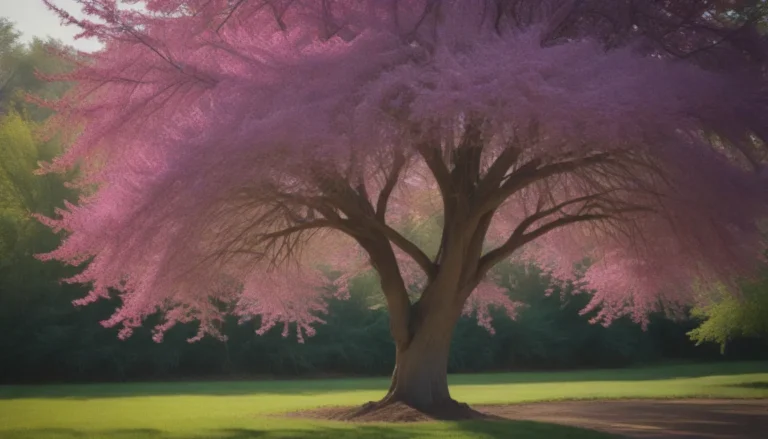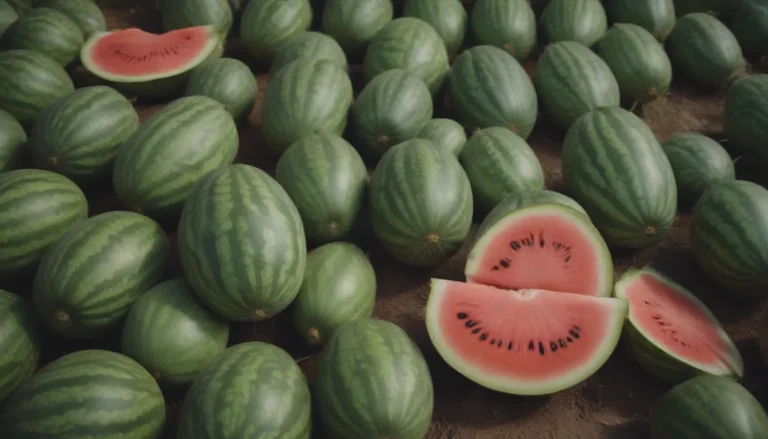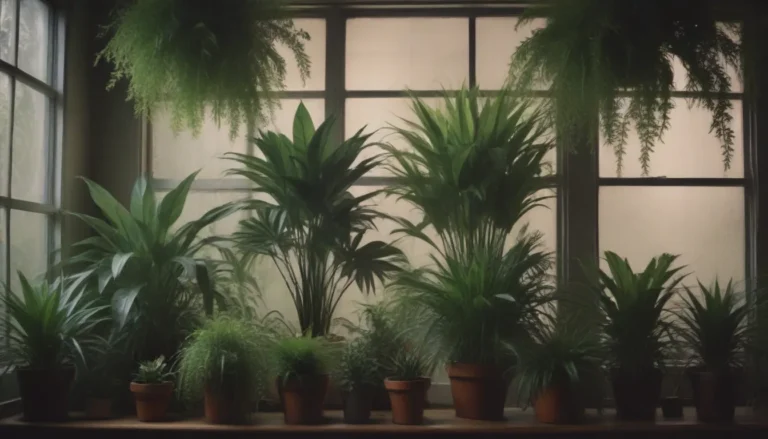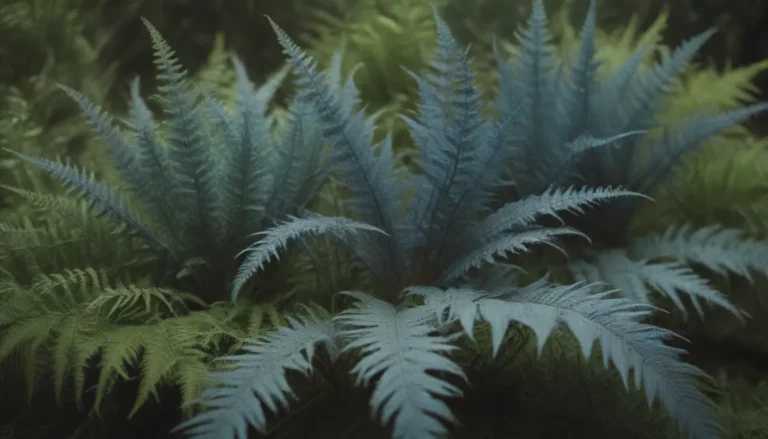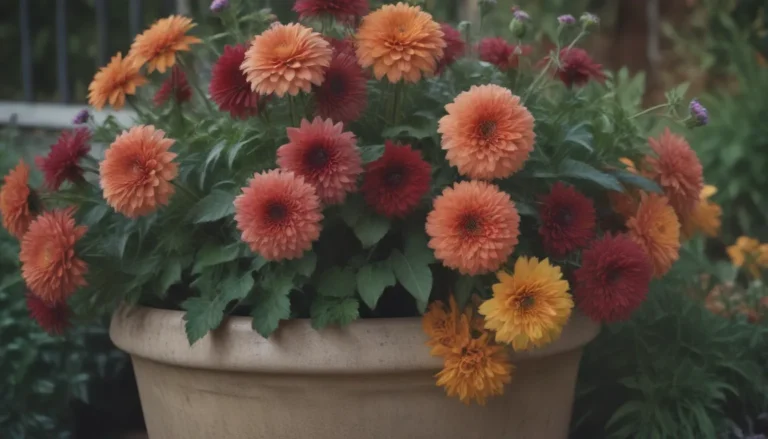Troubleshooting Brown Leaf Tips on Your Spider Plant: A Comprehensive Guide
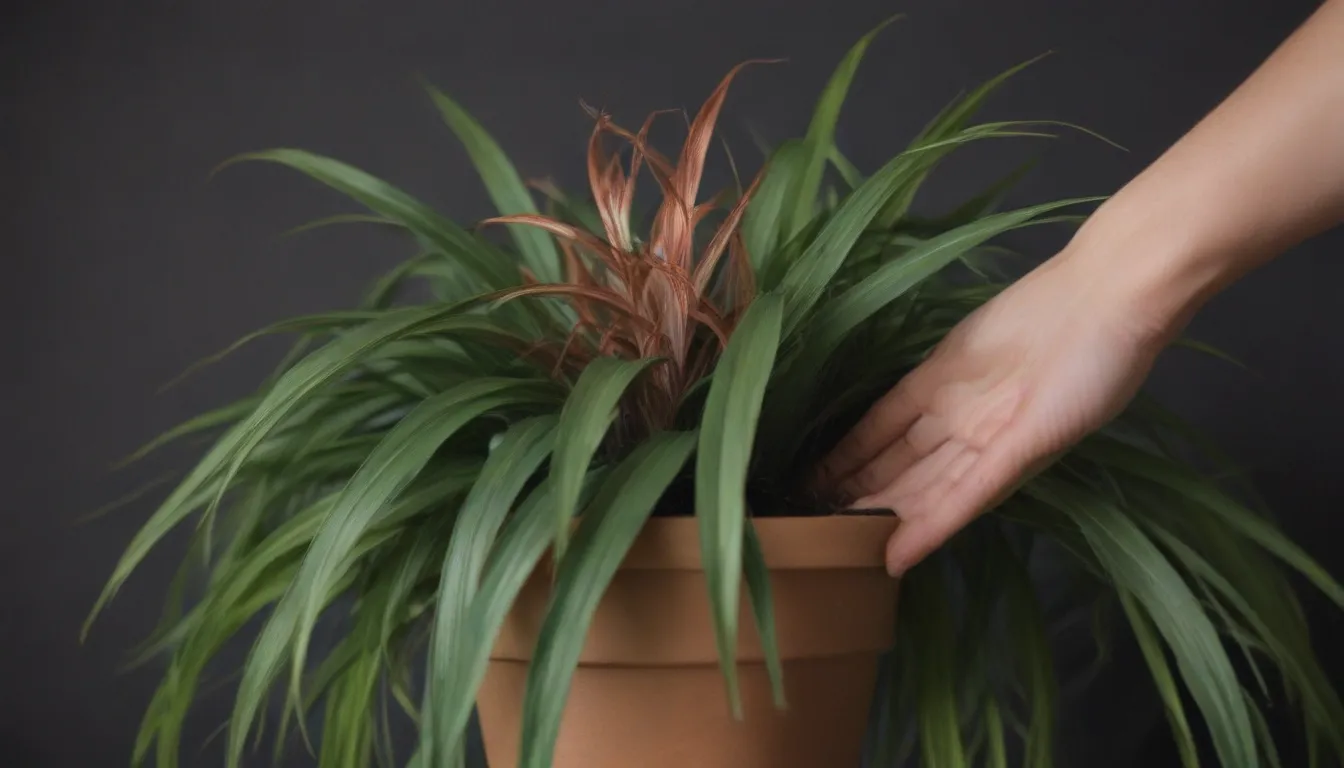
If you’re a plant parent, you know how disheartening it can be to see brown leaf tips on your beloved spider plant. It can be a frustrating issue to deal with, but fear not! There are solutions to this common problem. In this guide, we will delve into the various reasons why your spider plant may be sporting unsightly brown tips and how you can address them effectively.
Lack of Water
One of the most common reasons for brown leaf tips on a spider plant is dehydration. Just like humans, plants need water to thrive. If you notice your plant’s soil is dry to the touch, it’s a sign that it’s time to water. According to horticulturist Justin Hancock, “You’ll want to water it when the top two inches of soil are dry.” However, the frequency of watering can vary depending on factors such as light, temperature, and humidity. Experiment with the amount of water until you find the right balance for your plant.
To prevent dehydration:
– Water your spider plant when the top two inches of soil are dry.
– Adjust watering frequency based on environmental conditions.
Exposure to Drafts
Another culprit behind brown leaf tips is exposure to drafts. If your spider plant is located near an air vent or window, it may be subjected to fluctuations in temperature and airflow, resulting in dried-out leaf edges. To remedy this, simply relocate your plant to a draft-free area. Unfortunately, once the tips have turned brown, they will not revert to their original green hue. But don’t worry, you can trim them off without causing harm to your plant.
To prevent drafts from affecting your plant:
– Move your spider plant away from draft sources.
– Trim off brown leaf tips if necessary.
Low Humidity Levels
Spider plants thrive in environments with moderate humidity. If the air around your plant is too dry, it can lead to brown leaf tips. To increase humidity, consider misting your plant regularly, using a humidifier, or placing it on a pebble tray filled with water. Alternatively, you can place your spider plant in a naturally humid room like a bathroom or kitchen.
To boost humidity for your spider plant:
– Mist your plant regularly.
– Use a humidifier in the room.
– Place the plant on a pebble tray with water.
Over-Fertilization
Over-fertilizing your spider plant can also contribute to brown tips on the leaves. If you suspect this may be the case, hold off on fertilizing for a while. You can flush out the excess fertilizer from the soil by watering your plant thoroughly. This will help remove any buildup of nutrient salts that could be causing issues.
To address over-fertilization:
– Stop fertilizing your plant temporarily.
– Flush out excess fertilizer by watering the plant thoroughly.
It’s important to note that brown leaf tips, while unsightly, do not pose a threat to the overall health of your spider plant. If you prefer a pristine appearance, feel free to trim off the brown edges. Remember, prevention is key when it comes to maintaining the health and beauty of your spider plant. By ensuring proper watering, addressing humidity levels, and being mindful of fertilization, you can help your plant thrive and keep those brown tips at bay.
In conclusion, brown leaf tips on a spider plant can be a common issue with multiple potential causes. By identifying the root of the problem and taking corrective measures, you can restore your plant to its former glory. Simply remember to water your plant appropriately, provide adequate humidity, avoid drafts, and practice responsible fertilization. With a little care and attention, your spider plant will be back to looking lush and vibrant in no time.
